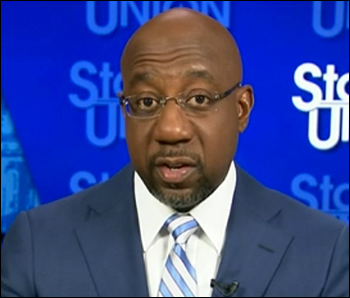By Jim Ellis
Aug. 25, 2021 — We saw two polls released into the public domain covering major races from Florida and Pennsylvania, and both appear to have reliability failings.In the Sunshine State, the Listener Group’s Political Matrix Poll (released Aug. 22; 1,000 likely Florida voters, interactive voice response system) finds Sen. Marco Rubio (R) leading Rep. Val Demings (D-Orlando), 55-45 percent. While the margin is reasonable and believable, the partisan segmentation is not.
In looking at Listener’s published crosstabs, the Democratic segment yields a 52.5 – 47.5 percent split in favor of Rubio. Among Republicans, the senator scores only a 58.1 – 41.9 percent result, again a bizarre count for an incumbent within his own party with no personal scandal at such an early time in the cycle. In an era of strict partisanship, these numbers are not fathomable. Therefore, the entire ballot test has a reliability risk.
To put the partisan numbers in perspective, as an example of a scandal-ridden politician’s standing within his own party, the Civiqs polling organization surveyed the New York Democratic electorate on a rolling track from Feb. 16 through this past Sunday (of 32,623 respondents participating at some point during the period) and found outgoing Gov. Andrew Cuomo’s favorability at 47:36 percent positive to negative even while being forced to resign under the threat of impeachment.
Another flaw is the polling sample’s political persuasion division does not equate to Florida’s ratios. According to the July 31 voter registration report from the Florida Secretary of State’s office, Democrats have a partisan registration percentage of 36.0; Republicans’ 35.7; and Unaffiliateds’ 26.5. The Listener Group survey sample contained 45.0 percent Democrats, 43.8 percent Republicans, and 11.2 percent Unaffiliateds, far from the actual partisan share positions, and particularly so among those not belonging to one of the major political parties.
In Pennsylvania, the latest Franklin & Marshall College statewide survey was released (Aug. 9-15; 446 registered Pennsylvania voters, combination live interview and online). While the study provides a realistic picture as to where the voters are on issues of the day and favorability ratings on national and statewide figures, analyzing their ballot tests for the Republican and Democratic primaries for the state’s open US Senate race leaves something to be desired from a reliability standpoint.
The fundamental problem is that their sample sizes are much too low to accurately depict where these primary races stand.








